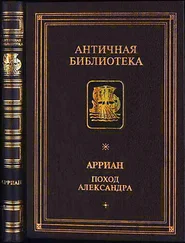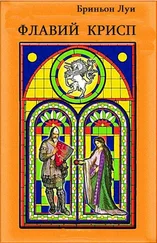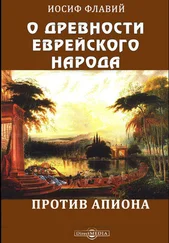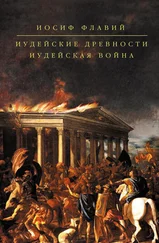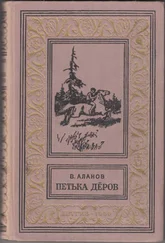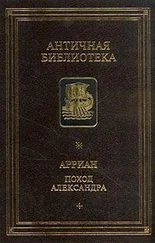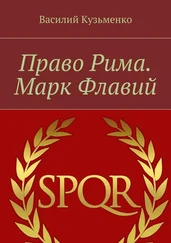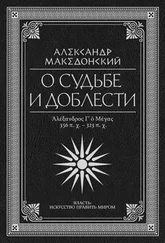Построение армии Арриана типично римское: легионы в середине, auxilia на флангах. Полководец понимает, что его всадники не могут противостоять наездникам с детства аланам ни по численности, ни по качеству, поэтому он совершенно справедливо размещает конных позади пеших. Сам военачальник с резервом встает за центром боевого порядка.
Четвертая часть фрагмента (§ 25-31) дает возможное описание будущей битвы. Согласно описанию Арриана, его противниками были сарматские конные пиконосцы, в основном, без защитного вооружения.
Предполагать, что сарматы атаковали в данном случае клином нет оснований. Полководец рекомендует подпустить врага на расстояние выстрела, после чего оглушить его боевым криком и в то же время пускать метательные снаряды. Это может оказать на противники сильное психологическое воздействие и заставить его отступить. Однако, автор предполагает и другой вариант: аланы все же приблизятся к пешему строю. В этом случае он рекомендует последнему сплотиться и встретить врага стеной щитов: именно таким образом пехота обычно отбивает конную атаку. После чего кочевники должны обратиться в бегство.
Арриан предполагает преследовать противника легкими всадниками из когорт, которые будут выведены вперед через разомкнувшуюся пехоту. Действия конницы должны поддержать легковооруженные. Полководец опасается возобновления атаки отступающими, поэтому он приказывает легионам быстро идти вперед, чтобы, в случае надобности, снова вывести их вперед. Итак, в данном произведении Арриан подтверждает свою репутацию профессионального военного, показывая себя знатоком естественного взаимодействия родов войск.
Это сочинение представляет из себя именно фрагмент, поскольку отсутствует начало, где излагалась цель работы, и конец. Уникальность фрагмента состоит в том, что только он подробно показывает римскую тактику II в. Первая часть сочинения носит совершенно конкретный характер. Арриан называет по именам командиров, знает какие чины руководят в данное время отрядами, не обязательно те, которые должны были бы быть по "штатному расписанию". Описание боя более абстрактно: нет ни названий местностей, ни конкретного описания вооружения и тактики аланов.
Сюда же вставлены описательные фразы (§ 10; 15; 16; 23), которые, в принципе, не нужны в диспозиции. Все это говорит за то, что в основе сочинения лежала конкретная кампания, для которой был разработан определенный план действий и конкретная диспозиция.
Они затем были литературно обработаны. Вероятно, "Диспозиция" первоначально была отдельным произведением Арриана, которое затем, в переработанном виде, могло как входить в несохранившуюся "Аланику", так и составлять отдельное небольшое сочинение. Оно могло входить и в несохранившуюся тактику римской пехоты, куда, как и в "Тактическое искусство", были вставлены наблюдения из личного опыта Арриана.
Nefiodkin A.K. Arrian’s campaign against the Alans’ foray in Cappadocia in 135 AD.
The publication is a first scientific translation from ancient Greek into Russian the Dispositions against the Alans of famous historian Arrian. The translation is made practically literal. It pays a special attention to the military terminology.
In the end of the 135 AD, the Alans invaded the Transcaucasia and penetrated up to Cappadocia. For repulse of the invasion, the governor of the Roman province Arrian collected about 18000 soldiers and, probably, came to meet the Alans. The frightened nomads did not take a fight and retreated. This work of Arrian arose from the expidition against the Alans.
The work according to the context is divided into the four parts. In the first part (§ 1-10) the Roman army going in march column of the length more of 10 km is shown. Arrian was careful not to be attack in the front, and so he stationed in the front rank the bowmen and the train behind the troops. The second part of the work (§ 11) tells us about a preparation of array. The third part (§ 12-24) describes a disposition of the army. The formation was form up on a valley bordered by heights. On the latter the archers and javeliners, covering the heavy-armed infantrymen were placed, whereas two legions were in the centre of the array. A legionary was armed with kontus (heavy pilum) or lancea. Thus, it is obviously, the weapon of the legionary was usual in this time. The formation of the Arrian’s army was the typical Roman one: the legions in the centre, the auxilia on the flanks. The commander understood his horsemen cannot resist the Alans, rider from the childhood, neither on number, nor on quality, therefore he correctly placed his hors behind the foot. The general with the reserve stood behind the centre of battle-formation. The fourth part of the work (§ 25-31) shows us the possible description of a future battle. According to it, Arrian was as opponents the Sarmatian mounted lancers, mainly, without armour. To assume the Sarmatian charged in this case by wedge is unfounded. The general recommends to approach the enemies on the range of bow shot and then to deafen them with the war-cry and, at the same time, to throw them a volume of missiles. It might exert a psychological influence on the opponents and to force to retreat them. However, Arrian also assumes other variant, i.e. the Alans nevertheless will approach the foot formation. In this case he recommends the latter to be close and to receive the enemy with the wall of shields: just this way an infantry usually repulse a charge of cavalry. Then the nomads should take to flight. Arrian assumes to pursue the opponents by the light horsemen of cohorts which will reach forward through the opened infantry. The fight of the hors should be covering fire by light-armed footmen. The general is afraid of recommence of the flight attack, therefore he orders the legions fast to come, in case of need, again to withdraw them in front. So, in the work Arrian confirms his reputation of the professional soldier, showing itself as a military expert of close co-ordinated action of armed forces.
Читать дальше


